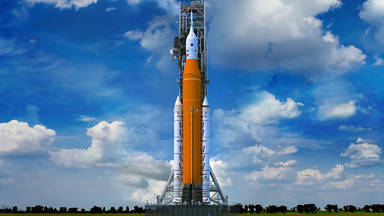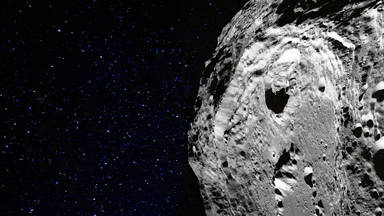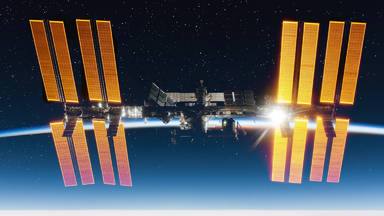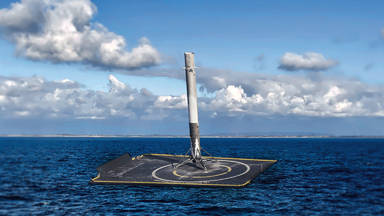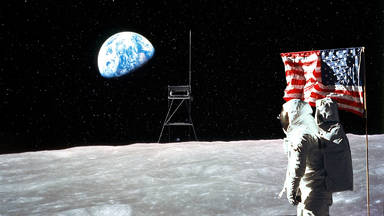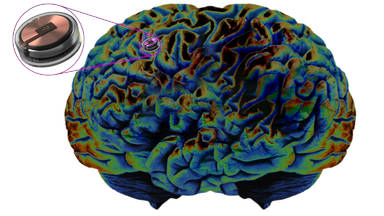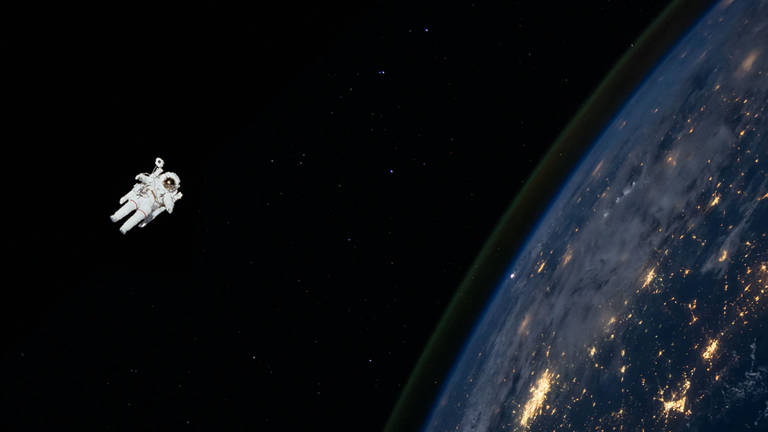
In the 17th century Newton discovers universal gravitation. With this, he manages to predict the movement of an apple falling from a tree, or the orbit of the moon around the earth.
However, Newton does not manage to explain why gravity exists, nor how it acts. To answer these questions, it is necessary to wait for the early 20th century, with Albert Einstein's theory of general relativity. For Einstein, the three dimensions of space, in which we move, and time, in which we evolve, are just two parts of a same thing: The Space-time.
In space-time, objects exists in a given place, at a given time. Now, let us try to conceptualize space-time as a grid. Any object which possesses a mass distorts space-time forming around it a gravitational well.
If we assume an object, namely "A", and place it on the space-time grid, it distorts the grid according to its mass. The more massive the object, the more it will distort space-time. Inversely, the less massive, the less space-time will be disturbed.
Now, let's assume that we place a second object, "B" on this grid. B distorts space-time as well since it possesses a mass. But less than "A", since its mass is not as great.
Let's imagine at what happens if we release a marble in a bowl. Because of the bowls curvature, the marble will slide along the inside of it, until it comes to rest at the center. In a similar way, when we think about space-time in distorting the grid, "A" creates a sort of bowl around itself. Consequently, just like a marble, "B" will slide along this bowl, gradually edging closer to "A".
If we look at this scene from above, we observe that "B" is attracted by "A", just like with Newton's model of gravity. Now, if we were to release "B" in this bowl with a certain speed, it would go around the bowl, while getting closer to "A".
Finally, if we could release "B" with a sufficiently great speed, "B" would begin to go around "A", without ever getting closer to it. It is in this way that planets orbits around the Sun.
Just like with Newton Einstein's theory predicts, the movement of planets around the Sun. However, being more thorough, this theory has also enabled the discovery of many other scientific novelties like the fact that a very important density can lead to the appearance of what we call a "black hole".
if the mass of an object becomes huge without the object growing in size, then the gravitational well created on space-time will be so great that the speed required to escape it would be greater than the speed of light. Since nothing can move faster than the speed of light, then nothing will be able to escape this attraction, even light. If it gets too close will be captured for ever.
Black holes are complex objects, full of mystery, and which continued to feed scientific imagination they have given rise to many questions and hypotheses such as the existence of shortcuts which could enable us to travel through space-time.


